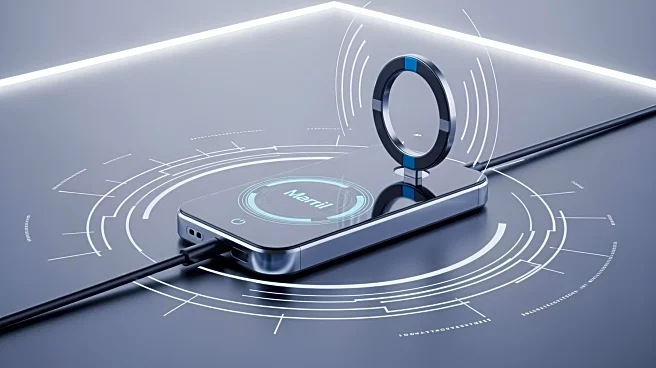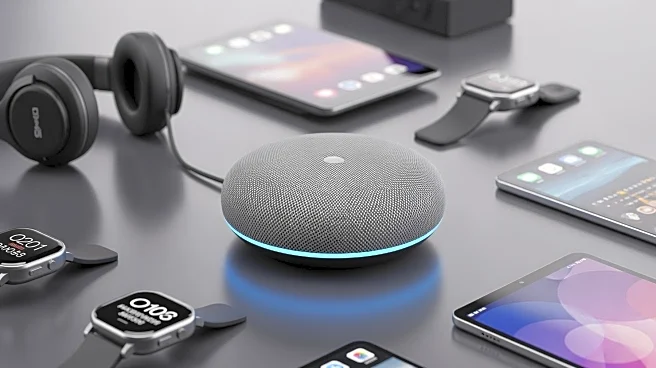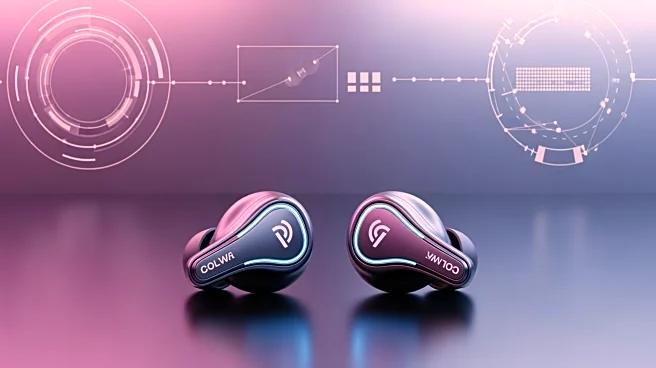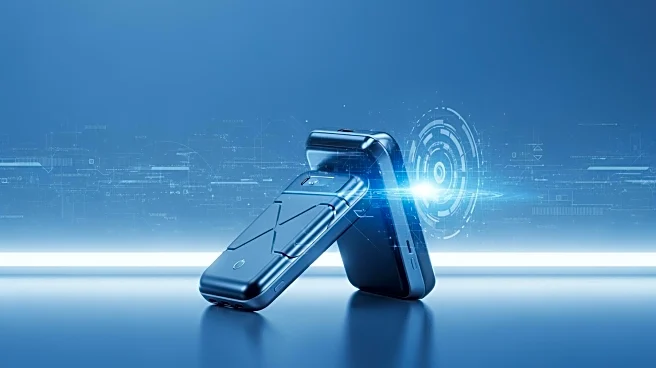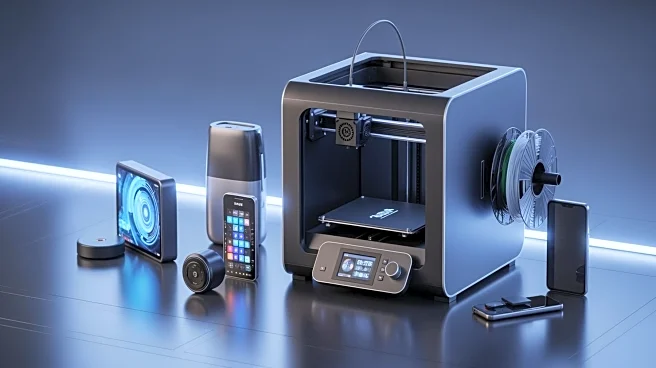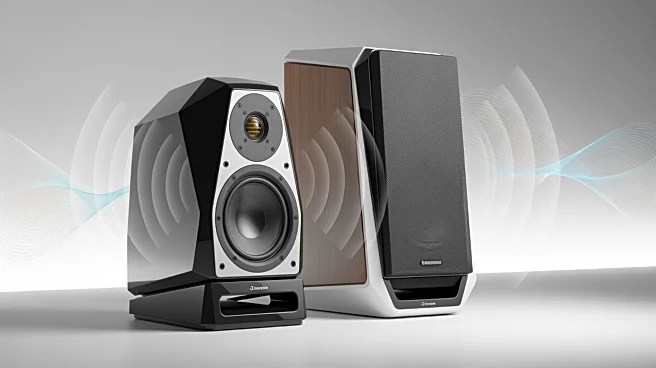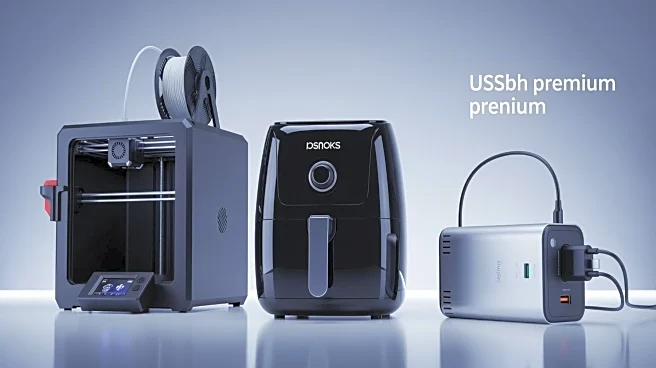What's Happening?
Anker has launched a new MagSafe charger designed to cater to travelers and tech enthusiasts seeking efficient device management. The charger, compact in size, offers a robust wireless charging solution for iPhones and includes multiple power inputs.
It features three outlets for MacBook Air, two USB-C ports for headphones, and two USB-A ports for older tablets, enabling simultaneous charging of up to eight devices. This innovation aims to reduce clutter by eliminating the need for multiple wires, making it a practical addition to both travel kits and workspaces.
Why It's Important?
The introduction of Anker's MagSafe charger represents a significant advancement in consumer technology, particularly for users who require efficient and portable charging solutions. By offering multiple charging ports, Anker addresses the growing demand for versatile power management in a digital age where individuals often carry multiple devices. This product not only enhances convenience but also supports the trend towards wireless technology, potentially influencing future designs in the tech industry. Consumers stand to benefit from reduced clutter and increased efficiency in device management.
What's Next?
As Anker's MagSafe charger gains traction, it may prompt other tech companies to innovate similar products, potentially leading to a competitive market for multi-device charging solutions. The success of this product could encourage further development in wireless charging technology, with companies exploring new ways to integrate such solutions into everyday life. Additionally, consumer feedback will likely play a role in refining future iterations, focusing on enhancing stability and output power.
Beyond the Headlines
The launch of Anker's MagSafe charger highlights the ongoing shift towards wireless technology and the importance of sustainable design in tech products. As consumers increasingly prioritize convenience and efficiency, companies are challenged to create solutions that align with these values. This trend may lead to broader implications for the tech industry, including increased investment in research and development for wireless technologies and sustainable materials.
